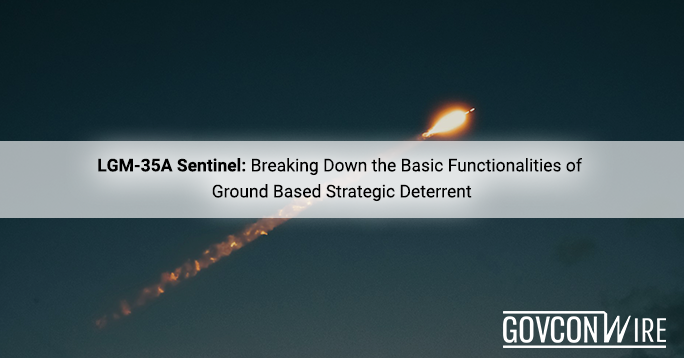The LGM-35A Sentinel, formerly known as Ground-Based Strategic Deterrent (GBSD), is an intercontinental ballistic missile representing the ground-based leg of the United States nuclear triad. Currently under development, it aims to enhance the nuclear deterrent capabilities of all U.S. military operations and programs worldwide.
Read this article to learn more about the basic functionalities of the LGM-35A Sentinel, touted as the bedrock of the national security efforts of the U.S. arsenal.
About the LGM-35A Sentinel
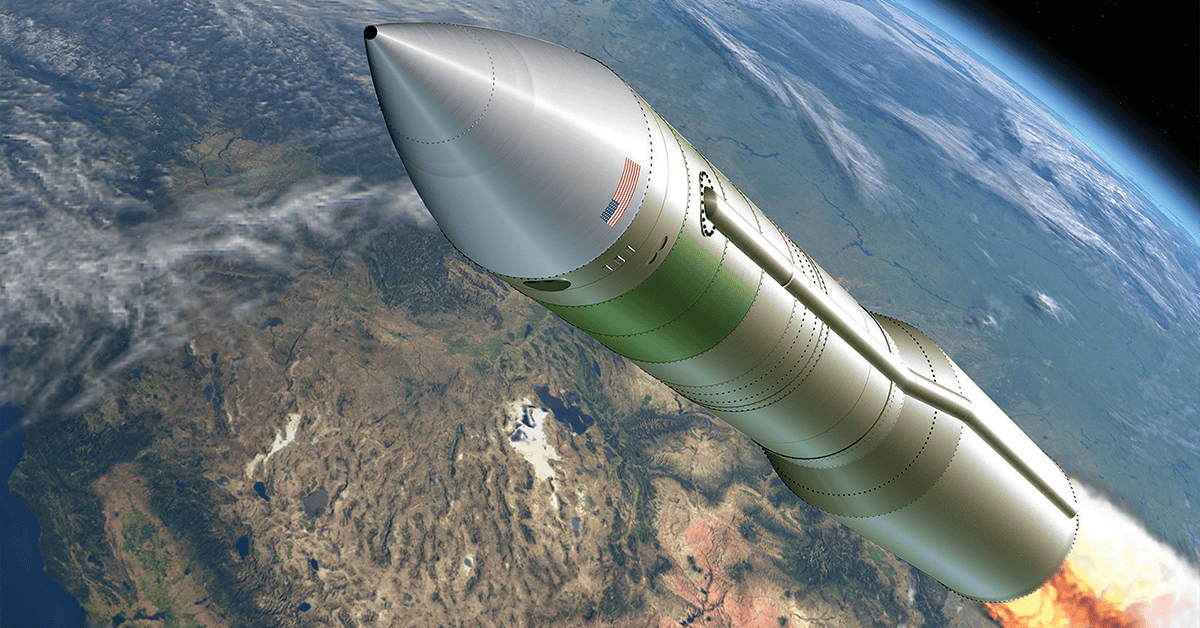

The LGM-35A Sentinel is an intercontinental ballistic missile (ICBM) equipped with nuclear deterrence capabilities to strengthen national defense and its allies. Originally called the Ground-Based Strategic Deterrent during the early stages of its development, it replaces the current aging ICBM, LGM-30 Minuteman III, which has been in use for over 40 years.
Sentinel is developed as the land-based leg of the nuclear triad. The nuclear triad forms the ultimate nuclear force and defense system of the United States on all fronts: land, sea, and air. Forming the current triad are the following weapons:
- Sea-based leg: Ohio-class Ballistic Missile Submarines (SSBN)
- Air-based leg: B-52H Stratofortress and B-2A Spirit (Stealth bombers)
- Land-based leg: LGM-30G Minuteman III (ICBM)
The Minuteman III will be replaced once the GBSD program for Sentinel’s development is completed. Other legs in the nuclear triad are also planned for upgrades or replacement over the next few decades.
Also read: New Stealth Bomber B-21 Raider Debut: A Game-Changer in Stealth Bomber Technology
Key features of the LGM-35A Sentinel
Nuclear deterrence is one of the main features of the LGM-35A Sentinel. As the two known adversaries of the United States rapidly modernize and expand their nuclear arsenal, the GBSD Sentinel program is all the more crucial to maintaining the nation’s global dominance in the nuclear security environment.
With the LGM-35A Sentinel, the Department of Defense aims to develop a cost-effective ICBM incorporated with digital engineering technologies and modular open system infrastructure. The DoD also requires easier maintenance to reduce overall operational costs and ensure relevance and reliability throughout its lifetime.
Sentinel’s key features include
- Range: More than 5,500 km
- Engine motor: Three-stage solid fuel rocket motors
- Launch system: Missile silo to launch missile using parabolic trajectory
- Attack type: Surface attacks that can reach any target across the world in 30 min
- Missile type: Guided missile using astro-inertial navigation and GPS
LGM-35A Sentinel’s warhead
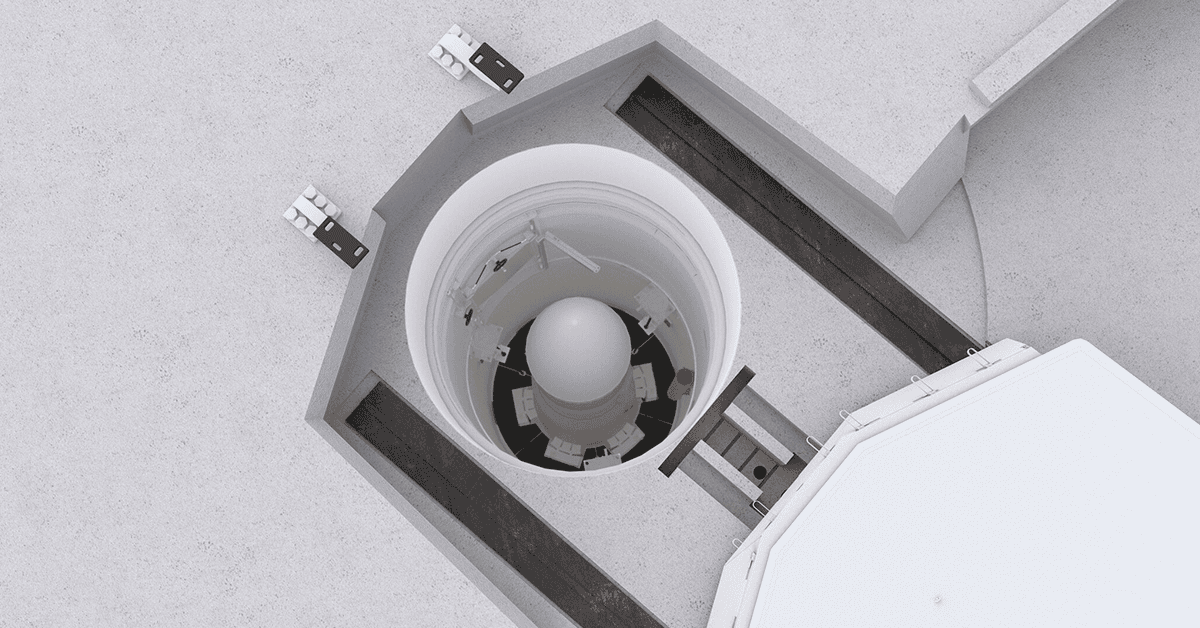

The LGM-35A Sentinel utilizes W87-1 thermonuclear missile warheads. These replace the W78 warheads, which are currently deployed in the Minuteman III. These warheads are set for deployment by 2028. In case the deployment is delayed, W87-0 can be used as a backup, as it was originally fitted for the Sentinel.
Meanwhile, the Mk21A is proposed as the re-entry vehicle to launch the warhead into space.
Delve into the weapons currently in development by the Department of Defense, aside from the LGM-35A Sentinel. Register for the 2024 Space Summit to learn more about the advancements in the space sector’s weapons systems.
How the LGM-35A Sentinel works
The LGM-35A Sentinel is the next-generation missile system that features fully integrated launch, flight, infrastructure, command and control, and ground equipment. It adopts a modular design, making it operable against the ever-evolving threat environments.
While the final process of how LGM-35A Sentinel works is still in development, here’s a preview of how the missile system should work.
- Ground control stations continuously work in the background to enable quick connections to ICBM launchers once an attack is detected.
- The command and control system notifies higher authorities immediately, enabling them to take appropriate actions based on the level of attack.
- Once the ICBM is deemed appropriate for the level of security threat, the missile silo launches the ICBM. The silo only opens when launching a missile.
- Once mid-flight in a parabolic trajectory toward the target, the missile launches the warhead mid-air. It then continues its journey to deter the target.
- Sentinel should be able to intercept the target within 30 minutes post-launch.
Contractors of the LGM-35A Sentinel
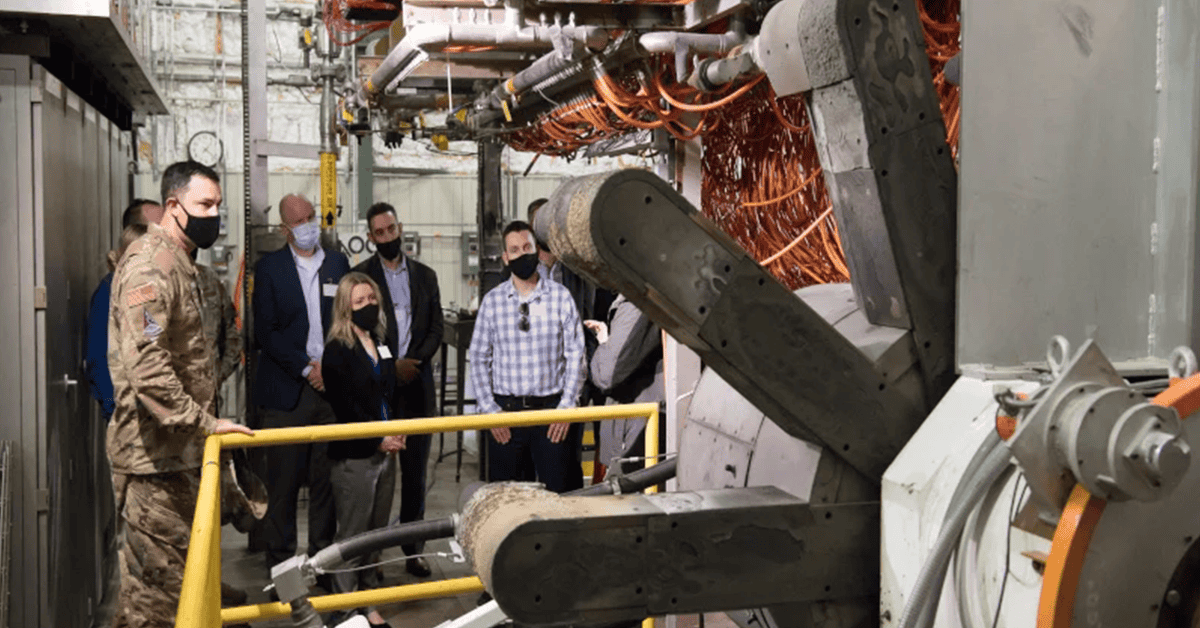

The primary contractors for the development, testing, and manufacturing of the LGM-35A Sentinel were Northrop Grumman and Boeing. They were the top two players in the bidding for Minuteman III’s replacement, winning contracts from the Department of Defense in 2017. Northrop Grumman received $329 million, while Boeing was awarded $349 million.
Since the initial award, both contractors have received a number of contract awards on separate occasions. However, due to several controversies and concerns about the evaluation process, Boeing ultimately withdrew in July 2019. This made Northrop Grumman the default winner of the contract, as there were no other bidders for the GBSD, later renamed Sentinel.
Northrop Grumman also works with subcontractors for the Sentinel:
- Lockheed Martin provides payload support
- Textron supplies the re-entry system
- Clark Construction handles infrastructure program management
- Bechtel designs and constructs the ICBM launch infrastructure
- L3Harris is responsible for military systems training
- Aerojet Rocketdyne builds the three-stage solid-fuel rockets and propulsion systems
- General Dynamics supplies the command and control systems and vehicle equipment
- Collins Aerospace delivers training for command and control systems
- CAE provides training systems for the Sentinel project
- Honeywell is responsible for guidance, control instruments, and booster control
Development history of the LGM-35A Sentinel
The predecessor of the LGM-35A Sentinel is the LGM-30 Minuteman III, which has been in service since 1970. For over four decades, it has been the premier land-based nuclear system of the Department of Defense. While the ICBM is still very capable, it’s no longer up to par with the global nuclear competition.
In 2010, the ICBM coalition negotiated with then-President Obama that he would need to revamp the U.S. before they would support the ratification of the New START treaty with Russia. The modernization or replacement of the Ground-Based Strategic Deterrent began upon President Obama’s agreement in a written statement.
In July 2016, the Department of Defense launched requests for proposals for the GBSD. The megaproject outlines the replacement of the land-based leg of the nuclear triad over the course of the decade. Boeing and Northrop Grumman secured the initial three-year contracts in 2017. Work has commenced in Wyoming, Utah, Montana, North Dakota, Arizona, and more.
In April 2022, the official designation for the GBSD was LGM-35A Sentinel. The naming convention followed the DoD’s classification for L, meaning silo-launched; G, meaning surface attack; and M, meaning guided missile.
Read more: USS Gerald R. Ford Aircraft Carrier: The Pinnacle of Naval Power and Innovation
Service of the LGM-35A Sentinel
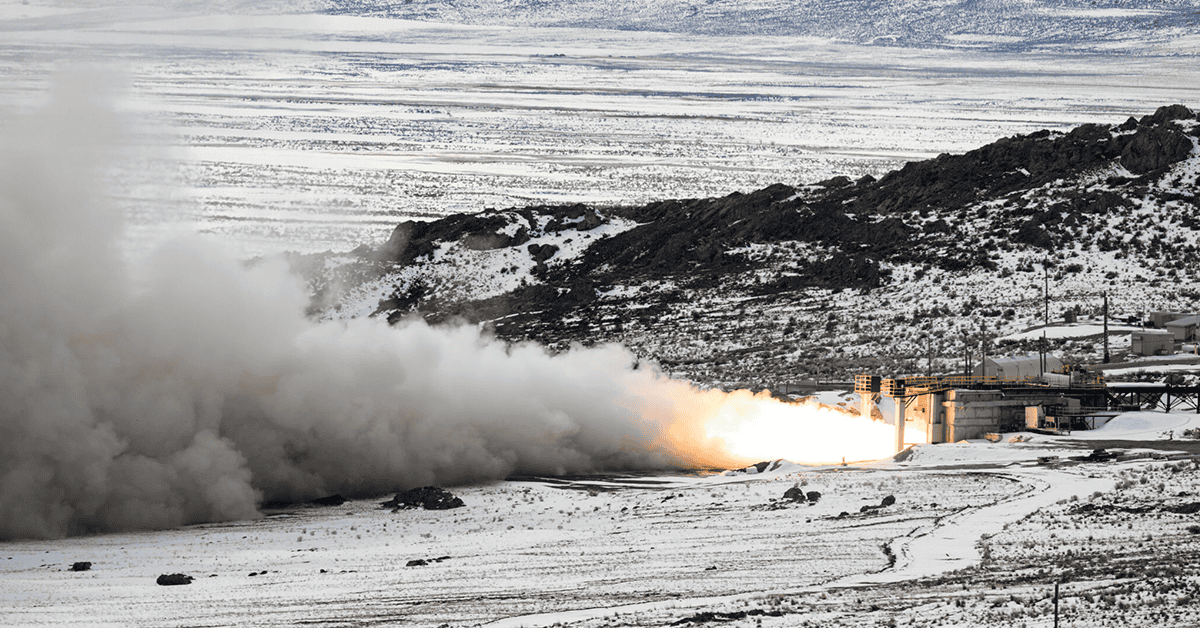

The LGM-35A Sentinel is set to enter the DoD service by either 2029 or 2030. This deadline is set for integrated launch and support systems, not exactly full operational capabilities. The full operational capability follows a schedule as the Minuteman III slowly decommissions.
- By 2023, the construction and deployment of the Sentinel began at Francis E. Warren Air Force Base, with completion estimated by 2031.
- By 2025, another set of Sentinel is set to commence at Malmstrom Air Force Base, with completion estimated by 2033.
- By 2027, various upgrades and improvements are scheduled at Minot Air Force Base through estimated completion by 2036.
- By 2029, the DoD is set to begin initiatives for the Sentinel, phasing out the initial operational capability, particularly from April to June.
- By 2036, the Sentinel is expected to reach full operational capability, phasing out the LGM-30 Minuteman III.
Upon completion, the LGM-35A Sentinel includes an arsenal of 400 missiles, 450 missile silos, and 600 ICBM facilities, covering over 40,000 square miles of the U.S. territory. It is set to be commissioned until 2075.
Join the Potomac Officers Club, a community of GovCon experts, leaders, and commanders, to know the latest insights about the weapons, technologies, and developments in the federal government.



